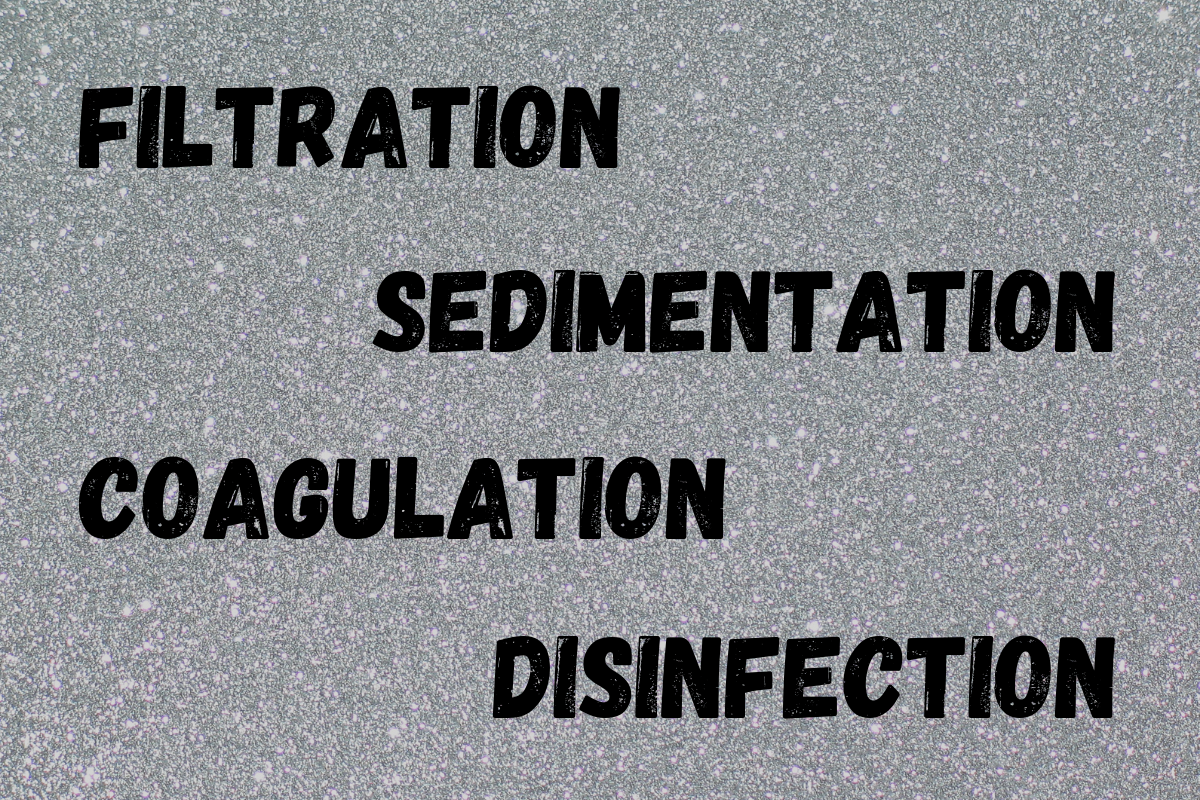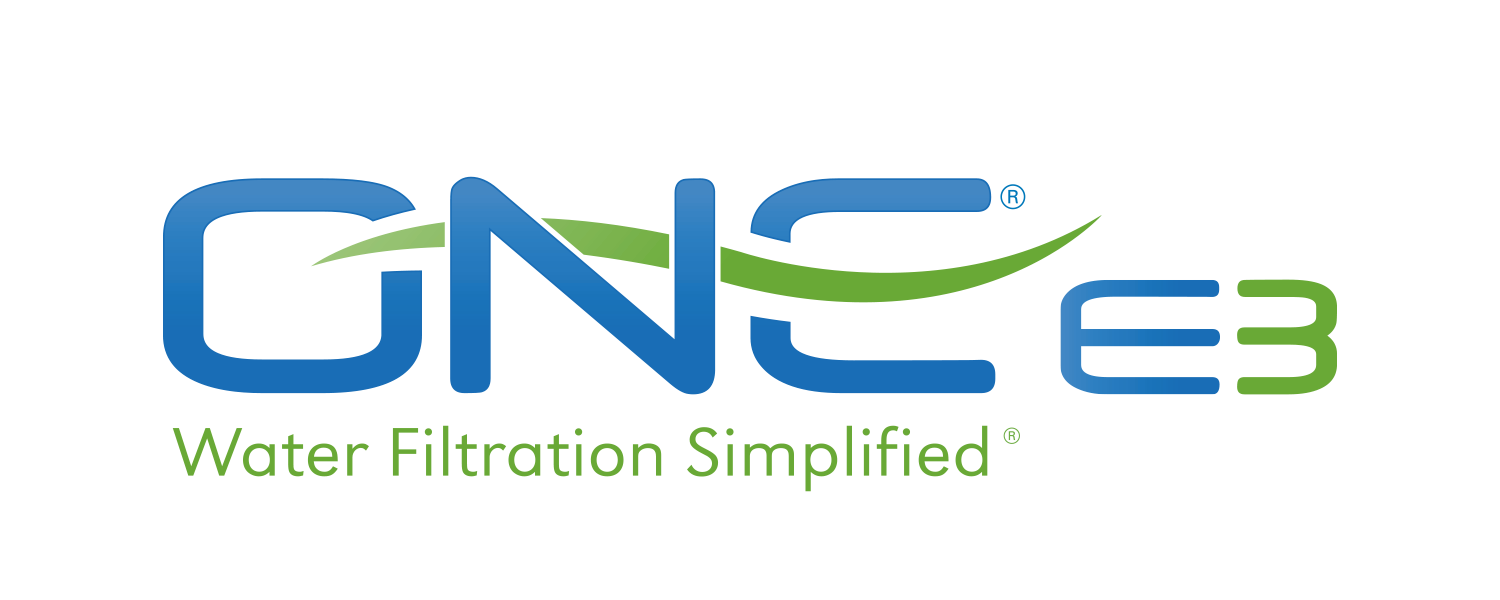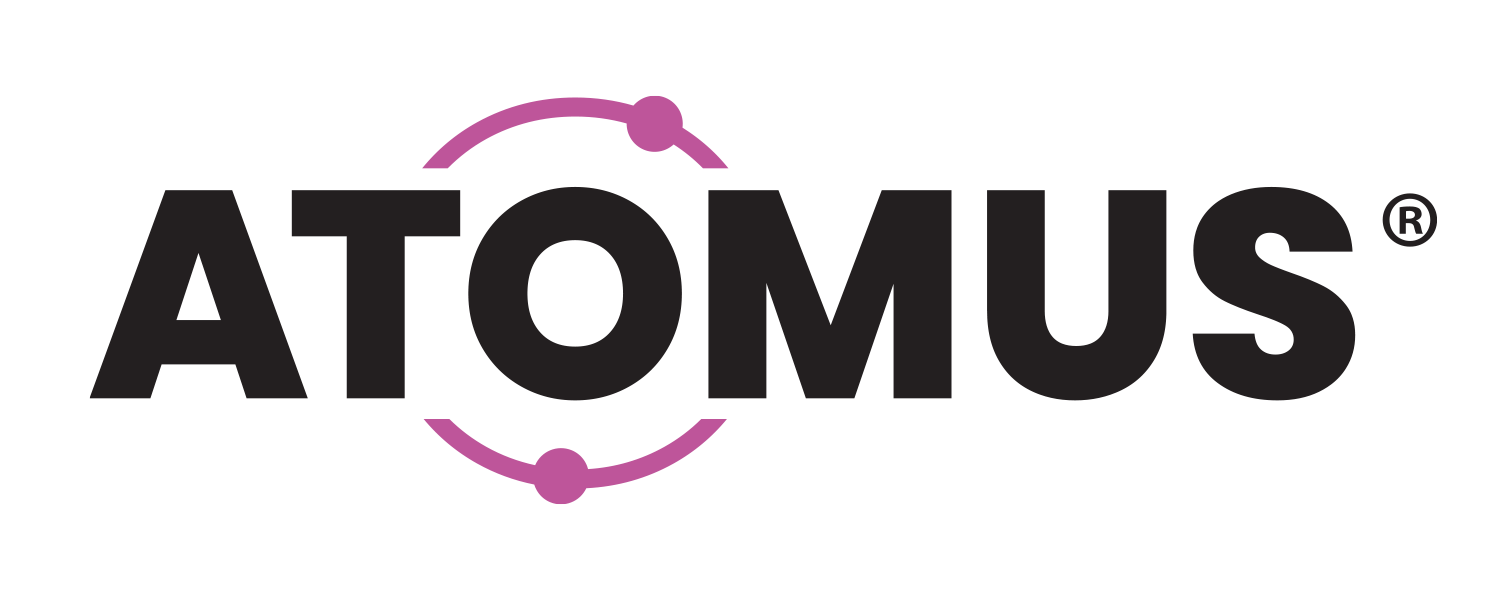The Centers for Disease Control and Prevention (CDC) website has a lot of information about drinking water. Included in that information is a glimpse at the process of treating water in American communities to make it safe for consumption.
Since water quality in the United States is a topic getting a lot of attention these days, we thought we’d shine a spotlight on some of the processes used to “clean” water on its way to your home. This information comes directly from the CDC:
1. Coagulation – Chemicals with a positive charge are added to water. Dirt and other dissolved particles bind to the chemicals to form larger particles called floc.
2. Sedimentation – Floc settles to the bottom of the water supply due to its weight. The clear water on top is moved to the next stage.
3. Filtration – The water then passes through different types of filters(sand, gravel, and charcoal) with different pore sizes to remove any dissolved particles.
4. Disinfection – A disinfectant like chlorine or chloramine may be added to kill any remaining parasites, bacteria, and viruses, and protect the water from germs.
After all these processes are complete, water heads through the pipes into homes and businesses. Learn more about community water treatment on this page of the CDC website.



